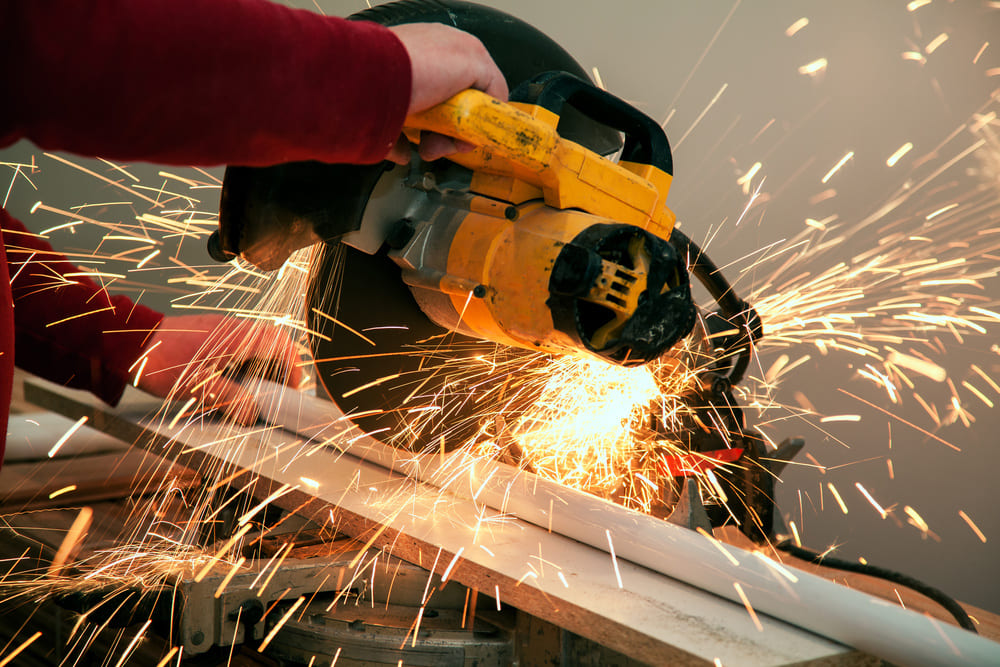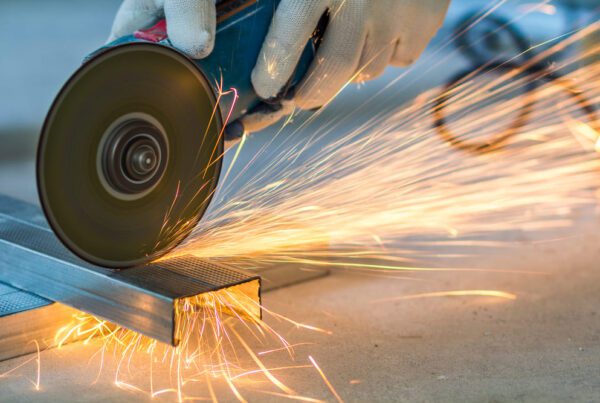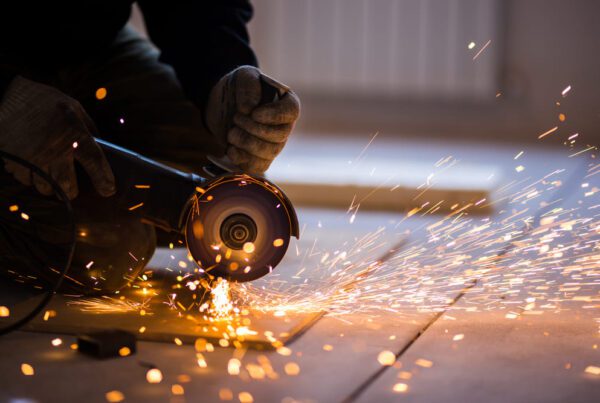The diamond blade is a tough tool intended to do hard work. It is a steel blade with an edge covered with embedded diamonds. Because diamonds are the hardest known material in the world, they are capable of cutting through incredibly hard surfaces including glass, ceramic, and concrete. Still, no diamond blade will last forever.
Think of your diamond blades almost as pets. You need to feed and care for them properly if you expect them to provide long life and reliable service. But unlike a dog or a cat that constantly needs your undivided attention, caring for diamond blades is a lot less intense. Below are our tips for doing so.
1. Check and Double-Check Mounting
How you mount a diamond blade makes a difference. A poorly or improperly mounted blade will not last as long. You also won’t get the desired cut. Surprisingly, professionals can get careless about blade mounting without even realizing it. Make a point of not doing so. Be slow and precise whenever mounting your diamond blades. Make sure you get it right every time. Then double-check before you start cutting.
Some tools will require a reducer ring for proper blade fit. Grinders have a 7/8” abor for mounting the blade directly to the tool. Circular saws, trim saws, and tile saws have a 5/8” arbor which requires the use of a 5/8” brass reducer ring.
2. Know Your Surface
We always recommend to customers who are not sure which type of diamond blade to use to make the time to become comfortable with their surfaces. But this goes even for seasoned pros. Know your surface before you start. Know its little idiosyncrasies and how it might affect your blade while you cut. And whatever you do, prepare the surface before you start.
3. Let the Blade Do the Work
Whether you are talking tile diamond blades, metal diamond blades, or something else entirely, one of the worst things you can do is try to muscle through the work yourself. Don’t do it. Let the blade do the work at its own pace. Your job is simply to guide the cutter while it does what it is designed to do.
What happens if you try to force things? The biggest risk is generating too much heat. But you could also throw the blade out of alignment or even cause it to warp. The harder the surface you are working, the greater the risk. So again, give your muscles a break and let the blade do the work.
4. Be Careful About Overheating
Heat is the biggest enemy diamond blades have to deal with. Heat wears away the surface of a diamond blade faster. It exposes the diamonds faster as well. Heat can even deform the steel portion of the blade. So above all else, be careful about overheating.
If your diamond blade seems to be getting too hot, stop and let it cool down. When possible, we always encourage customers to wet cut. Even with segmented blades that are designed to air cool, wet cutting greatly reduces both friction and heat. Coolant running across the blade is purposely designed to prevent heat buildup.
5. Store Your Blades Properly
Finally, always remove the blade before transporting a cutter. Store your blades properly, too. Diamond blades should be clean and dry before storage and they should never be stored in such a way as to allow their diamond edges to come in contact with other surfaces. A rack that allows you to hang blades separately is an ideal option.
Diamond blades are designed to offer many hours of reliable service. Choose the right blade for the job and exercise proper care and feeding. You shouldn’t have any trouble. As always, we are to help you choose the right Devour Tools blade for your application. If you are ever unsure, it never hurts to ask.





